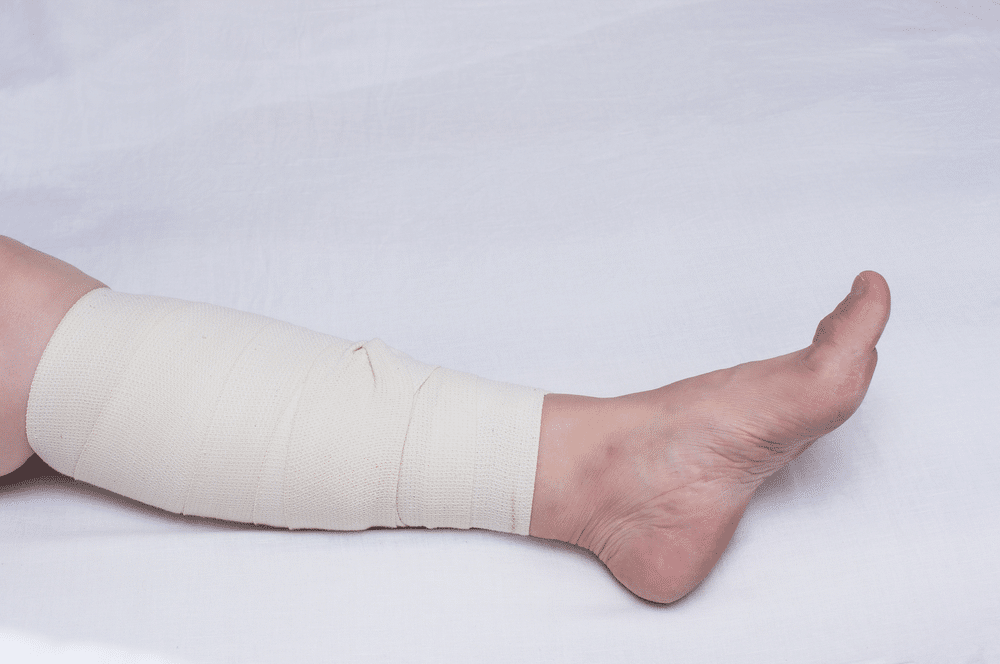No, it’s not a bruise on your leg that won’t go away – it’s varicose veins, and they will be there to stay unless you do something about them. If you’re a fan of dresses and skirts, but not so much a fan of dark, swollen veins on your legs, then it’s time to find a solution. At Venus Vein Clinic in Omaha, NE, we know that one of the best treatments for varicose veins is an ambulatory phlebectomy procedure.
What Is a Phlebectomy Procedure?
A phlebectomy procedure–also called an ambulatory phlebectomy–is a minimally invasive procedure performed under local anesthesia that effectively removes varicose veins from the body.
This is an advanced technique that is superior to traditional vein stripping, which involves invasive surgery. Ambulatory phlebectomy might be an ideal alternative for those who are not qualified to use sclerotherapy to collapse protruding varicose veins.
How Does Ambulatory Phlebectomy Work?
This procedure is performed through a series of small incisions made on the skin over the varicose vein being treated. A small phlebectomy hook is eased through the small incision to physically remove the distressed vein from the body. The body will naturally redirect blood flow to surrounding healthy veins.
Ambulatory phlebectomy is a procedure that requires 30 to 60 minutes to complete, depending on the severity and number of varicose veins that are being removed. Although this procedure will involve a local anesthetic, it’s considered safe for most patients and requires less recovery time than more invasive treatments.
How Many Ambulatory Phlebectomy Procedures Will You Need?
A single phlebectomy procedure is usually effective enough to treat varicose veins in the legs, meaning you will not need a follow-up treatment for veins that have been removed. However, if you should develop varicose veins again in the future, you will need to repeat the treatment.
How Long Do Results Last?
The results for this treatment should last a lifetime. The longevity of this treatment can be attributed to the fact that varicose veins are fully removed from the body and can’t grow back. However, the removal of one varicose vein does not preclude the development of another, so the results of this treatment will last for only as long as you do not develop further varicose veins.
What Is Recovery Like?
The recovery for this treatment is relatively short, with most patients recovering after three to four weeks. Part of your treatment will involve wearing compression stockings, which will help redirect blood flow to healthy veins, reduce swelling, and encourage healing.
You will be given several directions to follow during your recovery, including instructions on how best to sleep, how to clean the incision site, and when you should use ice. Most patients are recovered enough from the initial treatment to return to normal daily activities, including work, within 24 to 48 hours.
Why Might You Want to Treat Varicose Veins?
There are a few reasons why you might want to seek a phlebectomy procedure. For example, having varicose veins can be devastating for body confidence, particularly when you feel like you have to hide your legs to hide your protruding veins. Another reason for this procedure is the fact that varicose veins can cause legs to ache, a symptom that can be treated with phlebectomy.
What Causes Varicose Veins?
Scientifically, varicose veins are caused when vein walls weaken and become thin enough that normal blood flow causes the vein walls to swell and twist. The pressure of blood in dysfunctional veins causes veins to rise to the surface of the skin and become twisted or gnarled. However, the underlying causes of varicose veins are somewhat less clear. The common theories for factors that cause varicose veins include:
Genetics
If one of your close blood relatives have varicose veins, then it’s likely you will also develop varicose veins. In general, varicose veins are more likely to occur in women than in men, perhaps because men produce higher levels of collagen and other structural supports for body tissues.
Hormones
Some women find that their veins swell in response to cyclical hormones, meaning that varicose veins appear more prominent in response to hormonal shifts associated with the menstrual cycle. This theory is further proven because varicose veins also develop when women are pregnant or after childbirth.
Weight
Your overall body weight may also be a contributing factor to the development of varicose veins. Those who have a greater body weight are more likely to develop protruding veins due to the stress placed on the body by extra weight. Some physicians suggest weight management to prevent the development of new varicose veins.
Who Are Good Candidates for This Procedure?
The majority of people who have varicose veins are good candidates for a phlebectomy procedure, including those who do not want to use traditional vein stripping or other vein reduction treatments, including sclerotherapy. Candidates include adults of any age who have protruding varicose veins. We will determine if you are healthy enough for this procedure during your consultation appointment.
Reduce Varicose Veins With Ambulatory Phlebectomy Procedure
Being confident about the appearance of your legs no matter what you’re wearing can go a long way to boosting your overall body confidence. Whether it’s skirts, shorts, or dresses, every woman should feel good about baring her legs without needing to worry about twisting or gnarled veins. If you’re ready to free yourself from varicose veins, contact Venus Vein Clinic in Omaha, NE to schedule your consultation appointment today!

